
In Kensington, the drug trade tells a tale of two neighborhoods
While one side experiences a rapid makeover, the other is still dodging bullets in a notorious drug market.
Some of the more weary-eyed drug dealers — the “old heads,” the ones who got into the game in their teenage years, served a few stints in prison, and by some statistical miracle survived to age 30 or 40, still working in the only trade they know — they try to keep the beef to a minimum. Gunshots are bad for business.
Up until last Spring, the drug corner at D and Cambria Streets was the new Kensington and Somerset Streets. It was an all-hours open-air drug bazaar, and so long as things didn’t get too hot, the trade was good. Multiple crews could operate in relative peace. Just a block from mass transit and minutes from I-95, the location offers casual ingress and egress to addicts from all socioeconomic backgrounds — a reality that goes back decades for the neighborhood. Mid-range sedans with Jersey tags and suburban dealership stickers park up to buy heroin throughout the day. Addicts shuffle in and out of the neighborhood in an endless stream. The burnt-plastic smell of crack cocaine flits through the air on summer evenings.
Then come the gunshots.
In mid-August, after a rash of tit-for-tat shootings around D and Cambria, police caught wind of a larger war brewing between rival drug crews and did the only thing they could do to ensure that no innocent bystanders would get caught in the crossfire: they took back the block.
Most days now, you can hear a pin drop on D and Cambria. Patrol cars have been on constant rotation at the five-way intersection for the last six months. But just a block away, you’re back to the Wall Street of heroin.
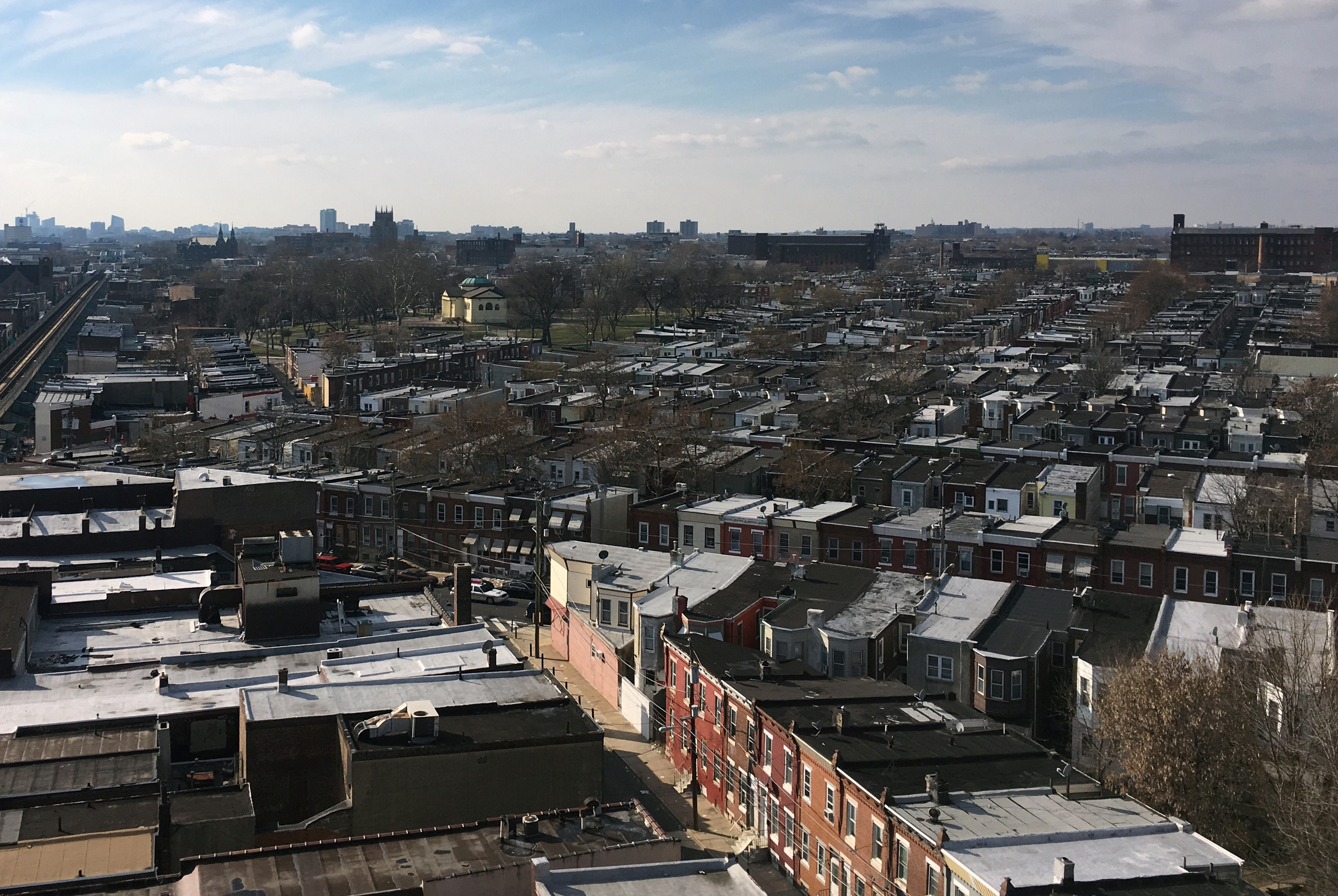
Kensington has very much become a tale of two neighborhoods. From Girard to Lehigh Avenues, the historically working class part of the area has seen a surge of new residents, businesses, and increased safety. New three-story townhomes with roof decks sell for more than $365,000 on one side. Cross under the railroad trestle at Lehigh Avenue, property values drop by almost half and crime spikes exponentially. Welcome to bright-line border of gentrification.
However last October, a stone’s throw from where police have been shutting down drug corners like D and Cambria, one sizeable investment broached that boundary line.
A coalition of elected officials, neighborhood organizations, and police officials broke ground on a $16.2 million renovation project that will turn a long-abandoned Orinoka Mills factory into a multi-use building called the Orinoka Mills Civic House. It marked the kick-off of the first phase of the long-term “North of Lehigh Neighborhood Plan,” helmed by the New Kensington Community Development Corporation (NKCDC).
By Spring of next year, the 70,000 square-foot building will be converted into 51 mixed-income rental units. The ground floor will feature 1,000 square feet of retail space, including a new headquarters for the NKCDC. Plans also contain a community room, a parking space for residents and even a coffee shop. Outside there will be an enhanced streetscape with cleaner sidewalks, more trees and better lighting — all parts of the strategy for crime prevention through environmental design.
Some observers view the Orinoka Civic House project as a testing ground. For more investment to cross the Lehigh Avenue border, perceptions of the neighborhood must change. It’s a matter of investor confidence.
But even the Orinoka project wasn’t an easy sell. On an early tour of the area, Sandy Salzman, director of the NKCDC, recalled that the board of directors were solicited to buy “works,” or hypodermic needles. At the groundbreaking ceremony, the 100-plus suits at the feet of Orinoka suggested that some sort of purge had already taken place. It hasn’t.

Just two blocks west from stationed patrols on D and Cambria, Iglesia del Barrio sits on the corner of a perennial “hot spot” for the area’s drug trade. For the last five years, Pastor “Cookie” Sanchez has been the patron saint of Cambria and Kip Streets. She provides free food for the transient addicts, prayers for the drug dealers, and afterschool programs for the neighborhood’s predominantly Latino families, the majority of which live on less than $15,000 a year according to recent census numbers.
The drug trade around Iglesia del Barrio hasn’t gone anywhere, she says, despite stationed patrol cars throughout the area. And even if it moved from her corner, that wouldn’t solve the problem.
“I can’t wait to see the day that they actually shut down Kip and Cambria,” Sanchez said. “I keep hearing that it’s impossible. I refuse to believe that. But at the same time, we don’t just want to kick people out and move it to the next block.”
This cycle of displacing the drug trade is all-too-familiar to longtime residents. They’ve seen the busy corners shut down time and again, especially in the last few years, at which time the traffic moves to adjacent blocks.
“When they shut down the dealers at Somerset and Swanson, they moved to Cambria and Swanson,” said Rev. Billy Cortes, an area pastor who founded a local church coalition. “They’re not going to go. This area is a lot of money to them.”
Similar strategies continue to happen on adjacent blocks, as in the case of Cambria Street. Dan MacDonald, chief inspector of the city’s Narcotics Strike Force, says the goal is to “take a block and keep it,” targeting the ones where drugs and gun violence meet.
In August 2012, an ultra-violent gun battle involving an assault rifle broke out on the 3000 block of Hartville Street, just one block north of D and Cambria. Police had already identified the block's volatile drug corners, and this reckless shootout was the last straw. Innocent lives were at stake. So the 24th District, helmed at the time by Captain Charles Voigt, set up an all-hours patrol in a newly launched Block by Block Initiative in hopes of taking the neighborhood back from the dealers, one drug corner at a time.
The district partnered with the PhillyRising program, an initiative started under former Mayor Michael Nutter's administration. Voigt spoke optimistically about the partnership and the block-by-block policing. They could build more police-community trust, and lower crime in order to attract some of the development in the southern areas of Kensington.
"Look at what happened in Fishtown," Voigt told the Daily News at the time. "I don't see why that can't keep moving north if we show that we can get crime and drug sales under control. Same housing stock. Same access to public transportation. We just have to keep building that bridge with the community."
Then in November, police then made a concerted effort to take back the El around Somerset Station. The notorious corner of Kensington and Somerset had gained status as an unpoliced mecca for heroin users. Pressure had been mounting to make changes in the area ever since a serial killer dubbed “the Kensington Strangler” garnered national media attention in 2010. The Somerset take-back was praised. SEPTA Police touted it as “putting out a fire,” when in reality, it just distributed the flames to other blocks.
Police presence on the block does offer a temporary reprieve for immediate residents and business owners. At first it’s unnerving. Overnight, the street transforms from an addiction circus to a ghost town. But within a few days, once the needles are cleaned up, kids are playing on the streets again.
This is life in the eye of the storm.
RELATED CONTENT
In the weeks and years following, the war moves to adjacent blocks, and in some cases circles back around to where it started. In 2013, a 51-year-old man was gunned down near the police occupation of Hartville Street. In 2014, it was a 17-year-old boy. Similarly, just one week after D and Cambria shut down, three people were injured in yet another assault-rifle shooting on Boudinot between Somerset and Cambria.
In the last six months, there were three homicides on Indiana Avenue and more than a dozen aggravated assaults, most of them with firearms, all of them within walking distance of these police-controlled corners. “Even if they know there’s a cop car a block away, they’ll still start shooting at each other,” said a district cop, who asked not to use his name.
But the alternative is much worse. In 2014 and 2015, there were over 30 homicides within roughly a half-mile radius of D and Cambria Streets, and police say at least one of those victims was an innocent bystander caught in the middle of a drug battle. Opening up a drug corner after shutting it down can be even more dangerous.
“The moment we leave [D and Cambria], the gun violence is going to pick up again,” says 24th District Captain Daniel O’Connor. “Until we have those assurances that the gun violence is going to cease, than I can’t pull those beats in good conscience.”
O’Connor, MacDonald, and 25th District Police Captain Michael Kram recognize the failures of the shotgun approach to narcotics policing. The numbers-driven approach, the big seizures, the double-digit arrests — it’s not making a dent in the supply and demand. But the Philadelphia Police Department continues to make just as many arrests in these neighborhoods. Last year, the 24th and 25th districts made a combined 5,824 narcotics arrests, only a small decrease from the years before, even after the new marijuana decriminalization laws went into effect in 2014. For comparison, the 26th district, which covers Fishtown and the other sections of Kensington, reported just 529 narcotics arrests last year.
As the spotlight grows bigger on the heroin epidemic, policymakers across the country are just coming to realize that the problem cannot be solved by brute force, especially not in inner-city neighborhoods. Councilwoman Maria Quiñones-Sánchez says that the block-by-block strategy is only a Band-Aid. Without addressing the structural problems of deep poverty and chronic unemployment, these entrenched drug markets aren’t going anywhere. And again, even if they did move, they’d only be moving to adjacent neighborhoods.
Dozens of independent groups and organizations have made stabs at improving the quality of life in the area of Kensington north of Lehigh Ave.
Impact Services Corporation teamed up with neighbors to restore the notorious “Needle Park” to its official name of McPhearson Square. Prevention Point, a multi-service clinic, provides a needle-exchange program, medical services, and even a mailing address to the neighborhood’s addict population. And of course, dozens of churches and community groups have been a constant support for both neighbors and transients. Quiñones-Sánchez has been rallying key officials — the Streets Department, the offices of Behavioral Health and Supporting Housing, and even representatives from Conrail — to take action on the homeless encampment of Tent City.
Is the Orinoka Civic House a sign of more larger, coordinated changes?
Between law enforcement leaders, community leaders and elected officials, there is candid optimism about bringing new residents across Lehigh Avenue. After all, it’s a great place to sell drugs for the same reason as is it’s a great place to live. Location is everything.
“The police are the ones that have to set the tables,” MacDonald said. “We can remove the bad actors and make it safer. Then those brave souls, those pioneers move into the neighborhoods and make the neighborhood better. Then it becomes a community-based effort, where the community itself is fixing itself. The police are supporting that effort.”
But why now?
“It’s not that it’s really starting now,” says Andrew Goodman, community engagement director at NKCDC. “It’s just that with the amount of attention and communities coming together, it certainly feels like it’s happening now.”
Any significant transformation in this part of Kensington won’t be an overnight affair. But stakeholders from all sectors said that there’s no turning back now. The PPD and SEPTA Police are not giving up on the Somerset station and the surrounding blocks. The official word from now on is progress — no matter what it looks like.
“We’re not dialing anything back,” O’Connor said. “Our plan is moving forward as everyone has envisioned, and we’re going to keep fighting the good fight and helping the community come back. Someone is going to be sitting here probably 10 years from now complaining about how they’re being pushed out of their neighborhood because property values went up and the taxes and everything else.”
Of course, neighborhood revitalization brings with it a different set of worries. As AL DÍA reported last month, the cost of living in other parts of Kensington has skyrocketed in the last few years, and some residents having a harder time acclimating the changes than others. Moving forward, the big question could very well develop from “what’s happening up here” to “who is it happening for?”


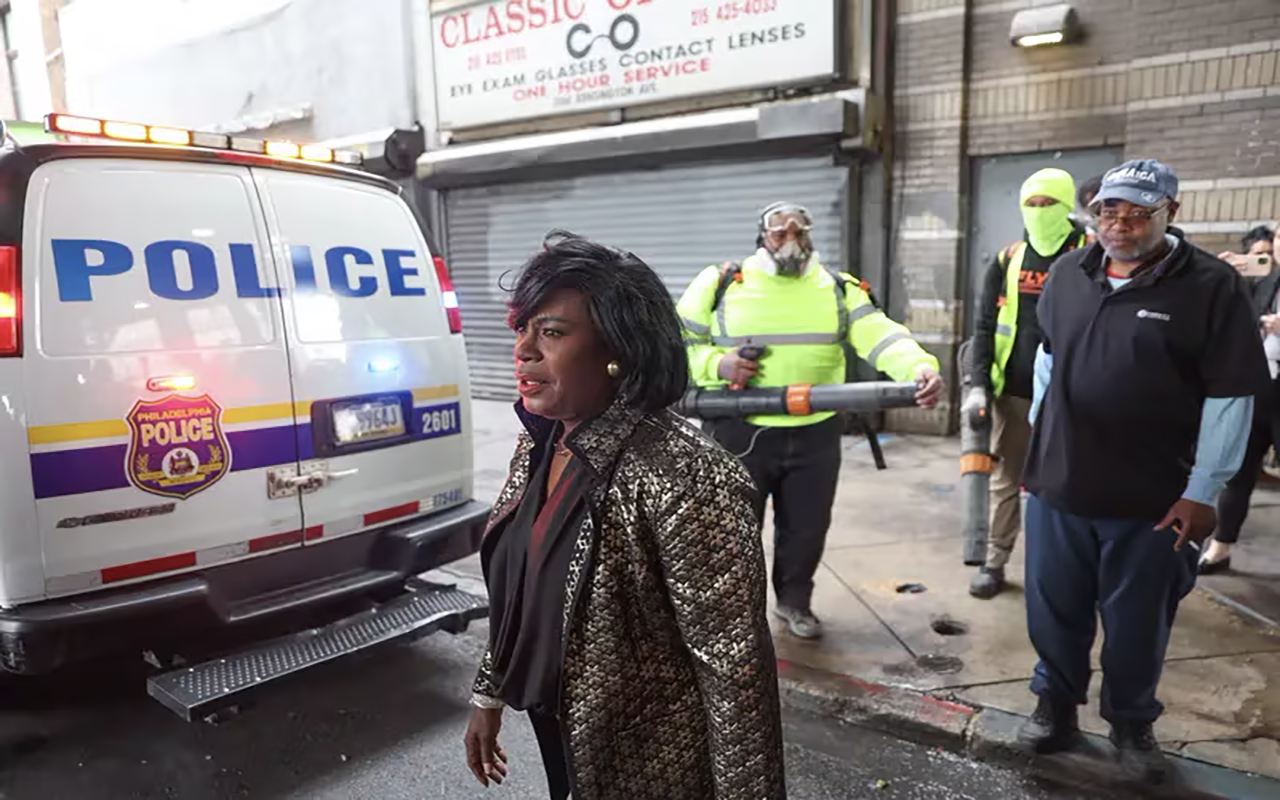
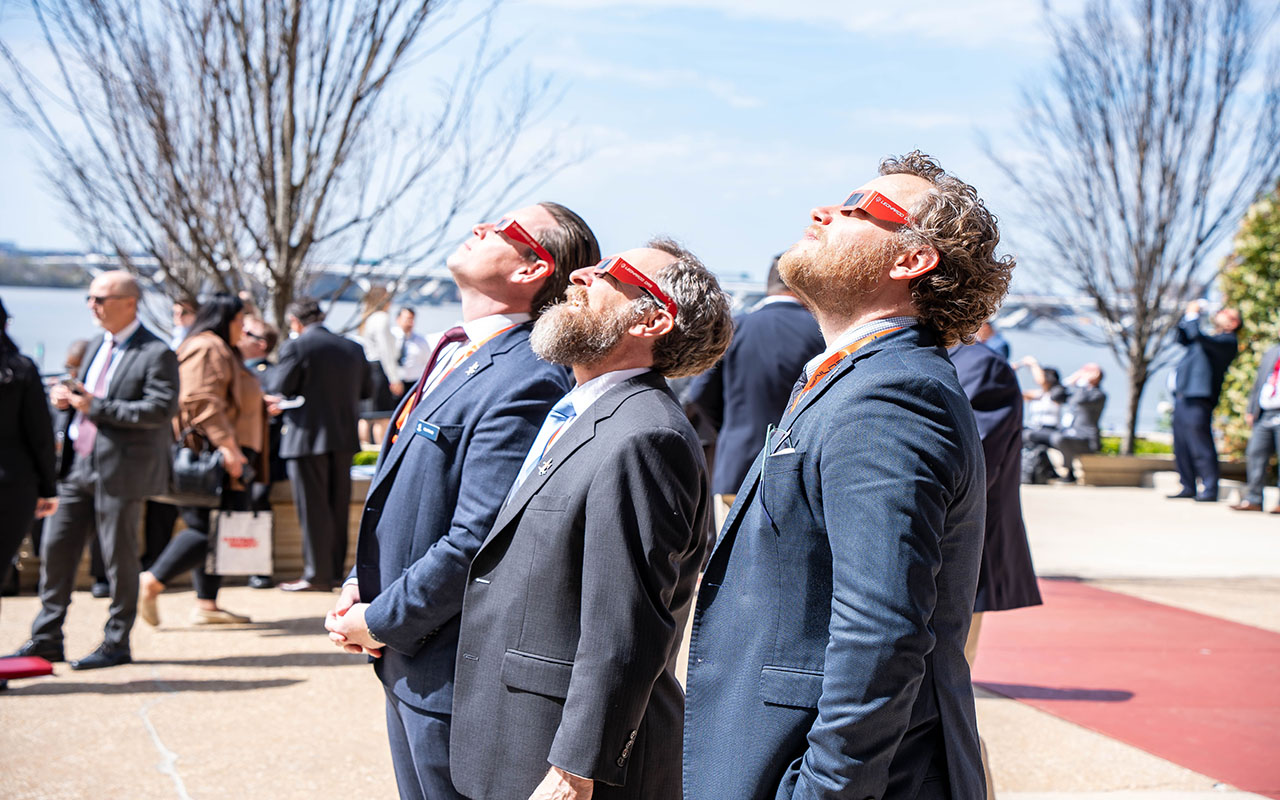


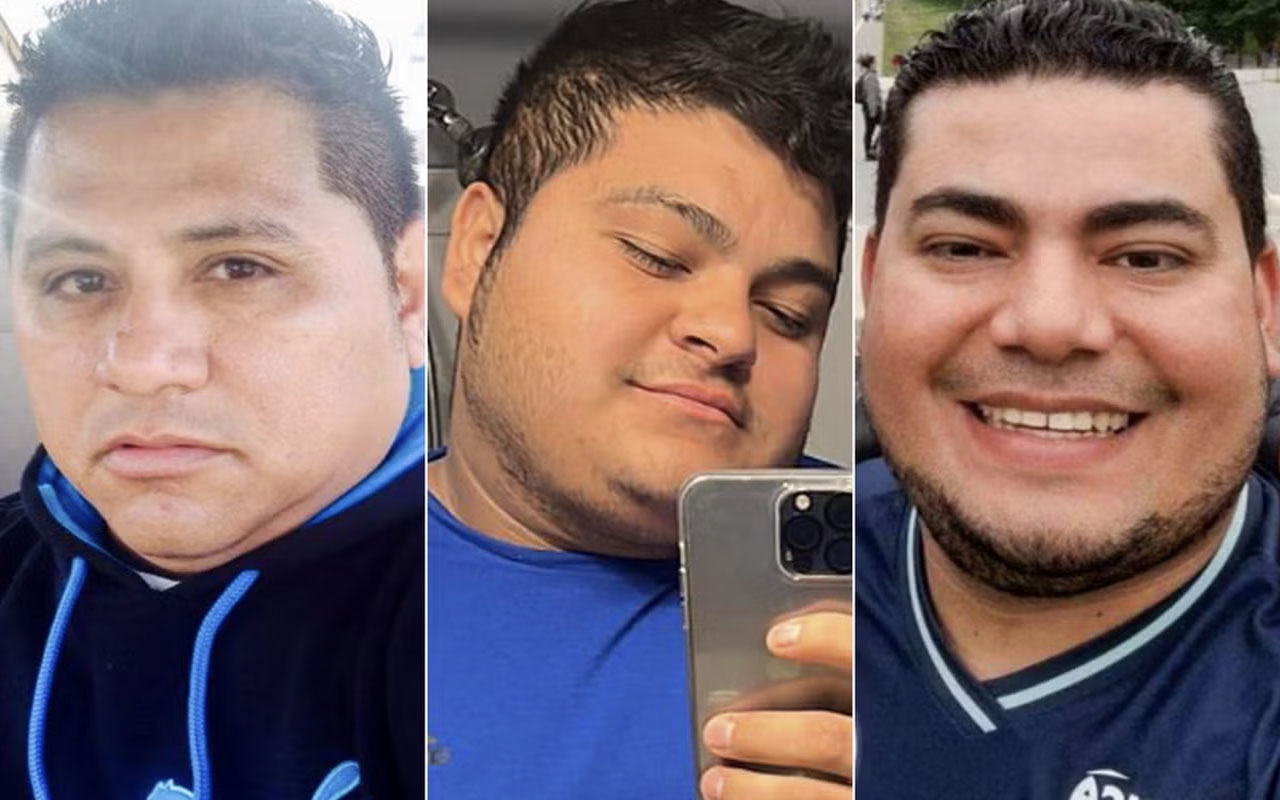

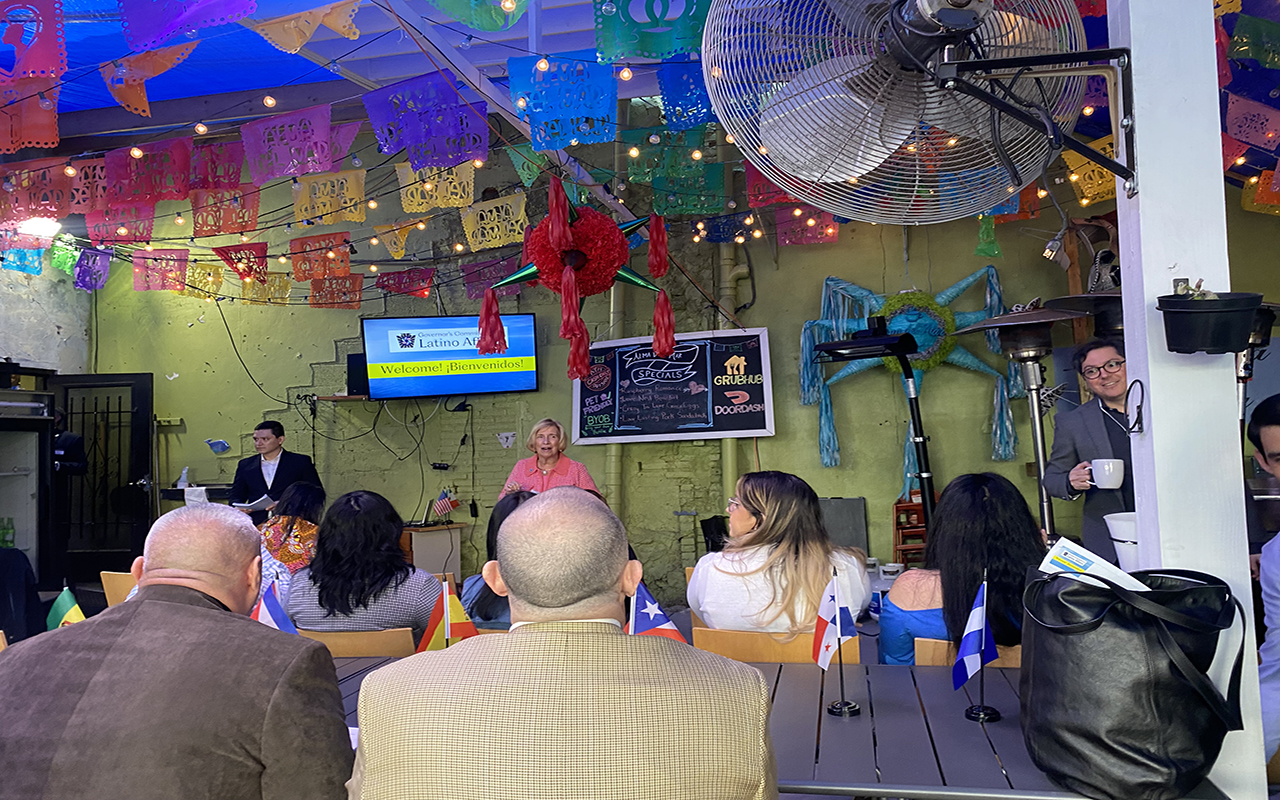

LEAVE A COMMENT:
Join the discussion! Leave a comment.